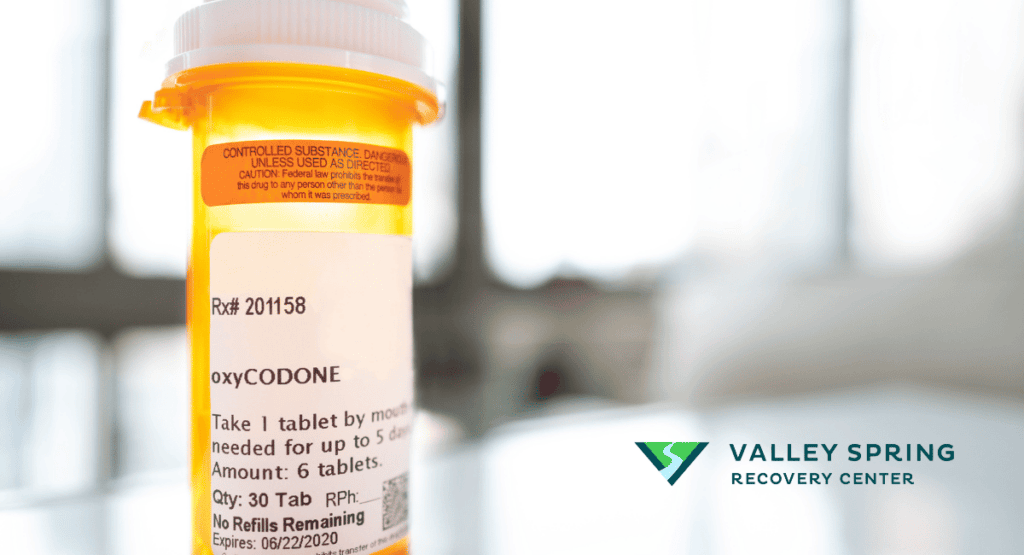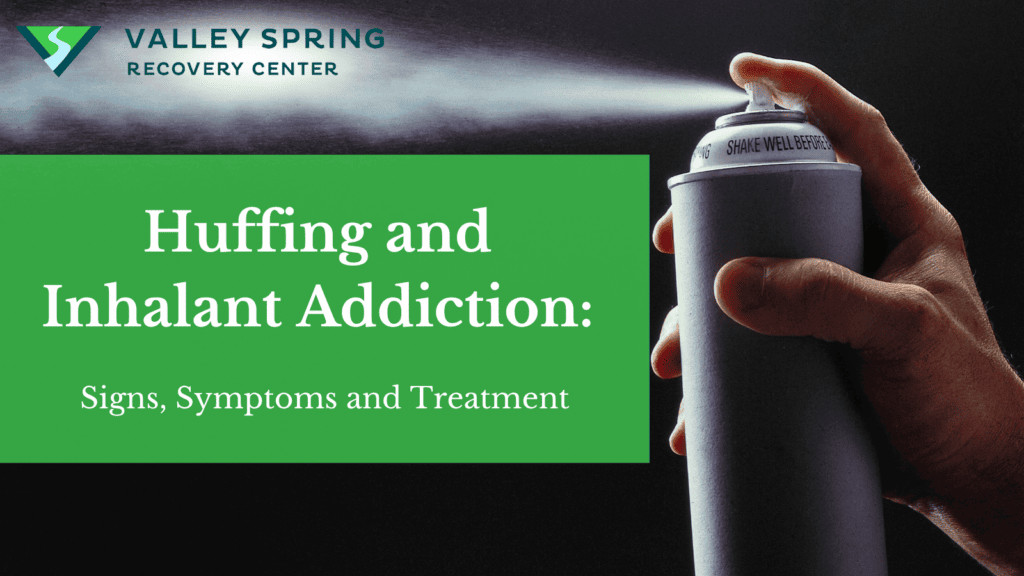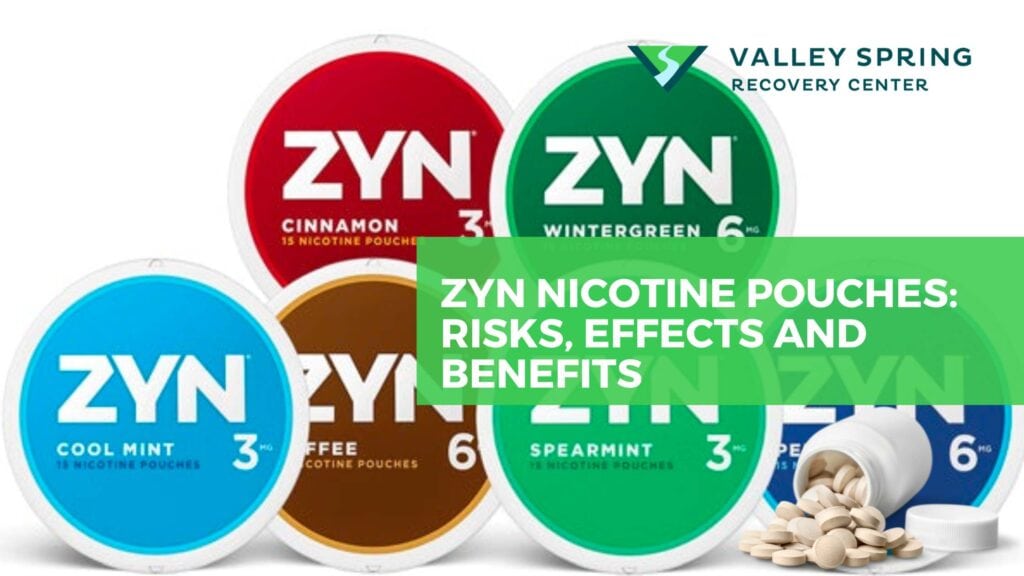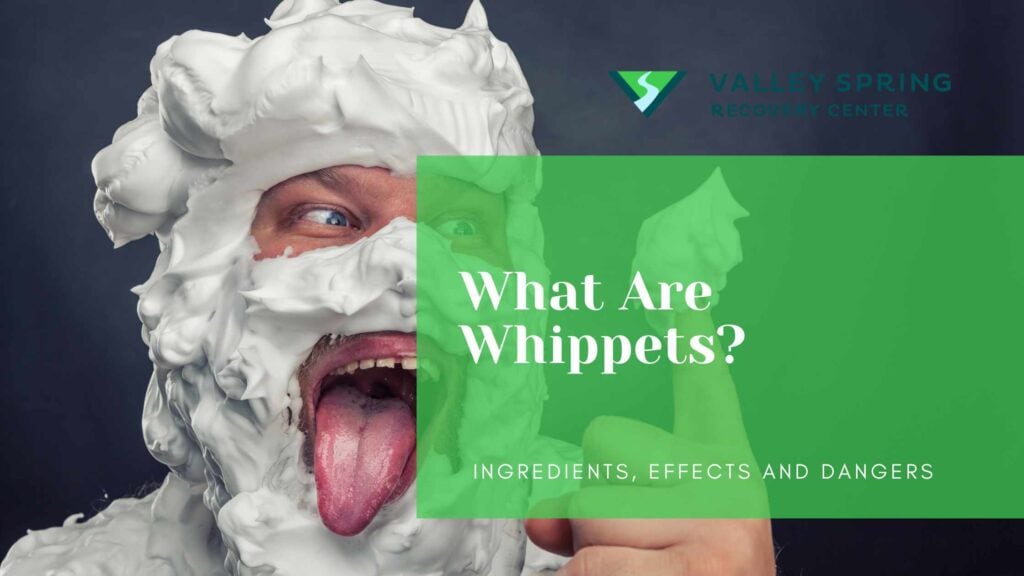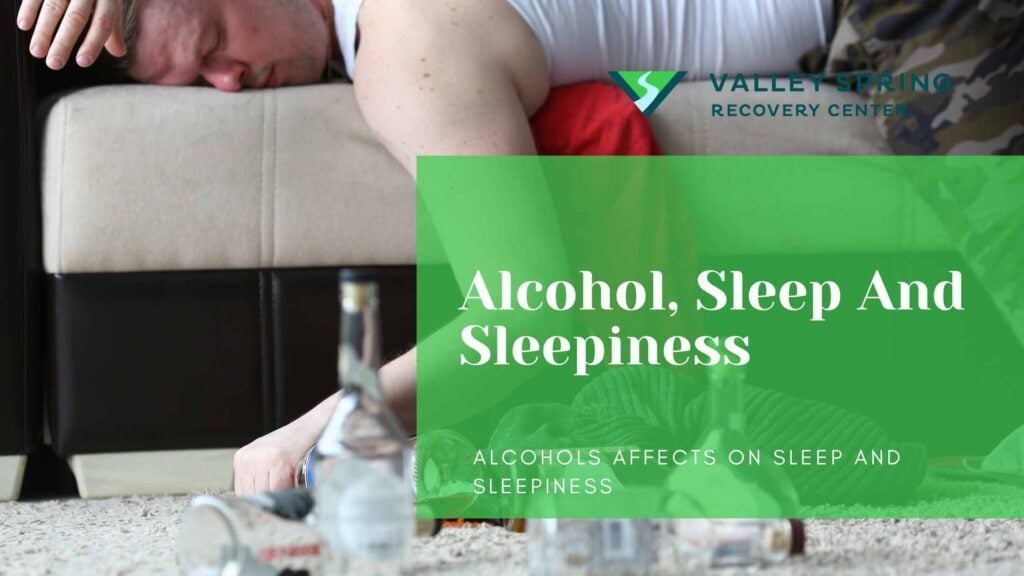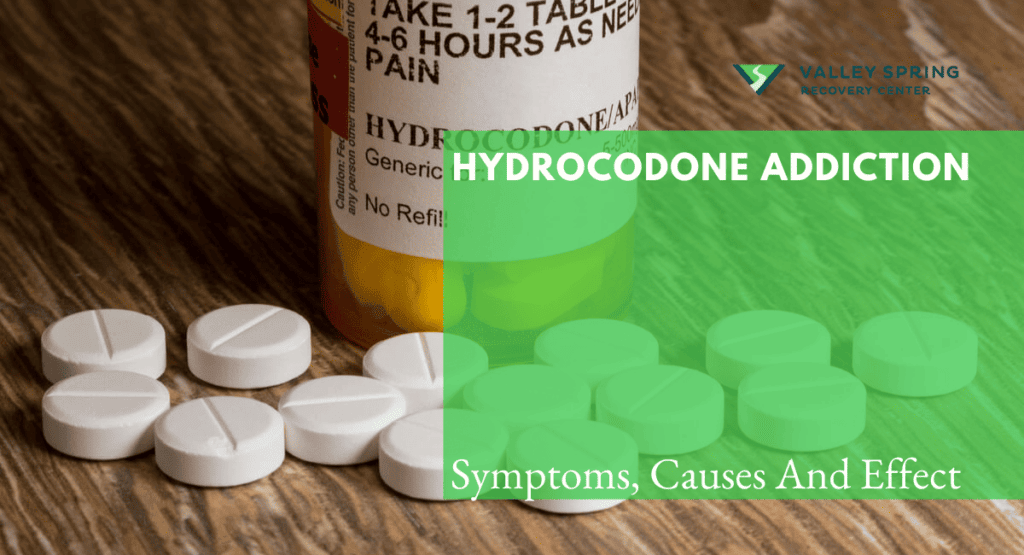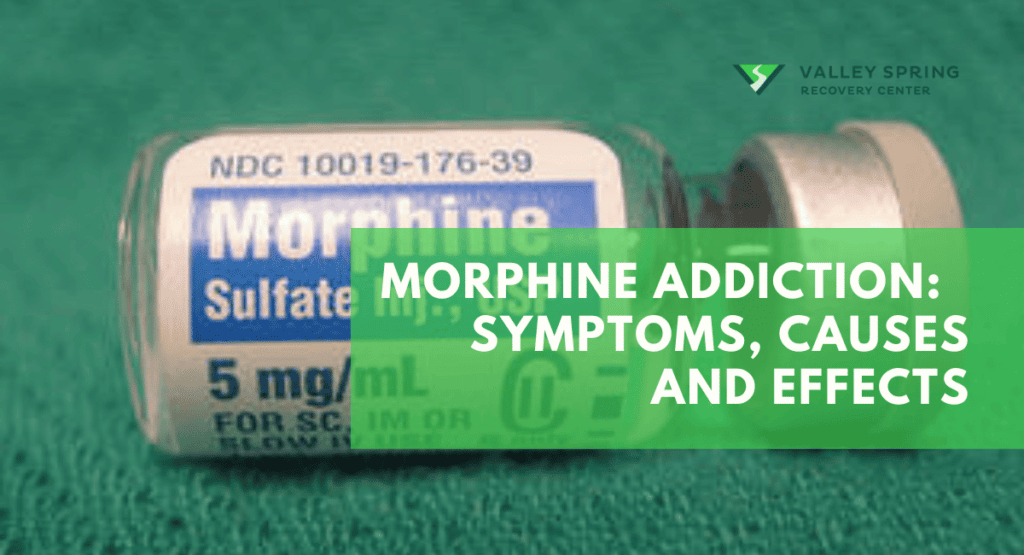OxyContin, a potent prescription opioid painkiller, is at the center of a growing public health concern related to addiction and its devastating consequences. This medication, primarily prescribed to manage severe pain, contains oxycodone, a highly addictive synthetic opioid.
OxyContin addiction has gained prominence due to its widespread misuse and the severe risks associated with opioid dependency. Recognizing the signs and symptoms of OxyContin addiction is essential for early intervention and support.
What is OxyContin?
OxyContin is a brand-name prescription medication that contains the active ingredient oxycodone. It is a powerful opioid painkiller used to manage severe and chronic pain conditions. OxyContin is designed to release oxycodone slowly over a period of 12 hours, providing long-lasting pain relief.
It belongs to the class of drugs known as opioids, which work by binding to specific receptors in the brain and spinal cord, effectively reducing the perception of pain. Due to its high potency, OxyContin has the potential for abuse and addiction. When taken as prescribed and under medical supervision, it is an effective pain management tool.
What Are The Signs And Symptoms of OxyContin Addiction?
Below are signs and symptoms that can aid in recognizing OxyContin addiction for early intervention and effective treatment. OxyContin is an opiate which means the signs and symptoms of addiction are similar to other opioids like heroin or fentanyl but different from Xanax addiction. The symptoms of OxyContin addiction encompass a range of physical, behavioral, and emotional indicators that collectively highlight the profound impact of this opioid misuse on an individual’s life and well-being.
Physical Signs
- Constricted Pupils
- Drowsiness or Nodding Off
- Slurred Speech
- Itchiness or Scratching
- Frequent Nausea or Vomiting
- Changes in Appetite or Weight
- Poor Coordination
- Frequent Respiratory Issues
- Needle Marks or Track Marks (in cases of intravenous use)
- Neglect of Personal Hygiene
Behavioral Signs
- Increased Secrecy
- Isolation from Friends and Family
- Frequent Doctor Shopping
- Borrowing or Stealing Medications
- Neglecting Responsibilities
- Engaging in Risky Behaviors
- Mood Swings
- Defensiveness or Irritability
- Changes in Social Activities
- Loss of Interest in Hobbies and Activities
Emotional Signs
- Anxiety
- Depression
- Mood Swings
- Irritability
- Guilt or Shame
- Fear or Paranoia
- Emotional Numbness
- Changes in Self-Esteem
- Agitation
- Decreased Empathy
Early Symptoms
- Increased Tolerance
- Frequent Cravings
- Taking Higher Doses
- Social Withdrawal
- Neglecting Responsibilities
- Frequent Doctor Visits for Pain Medication
- Mood Swings
- Changes in Sleep Patterns
- Secrecy about Medication Use
- Unexplained Financial Strain
Advanced Symptoms
- Severe Physical Dependence
- Chronic Health Issues
- Risk of Overdose
- Legal Problems
- Broken Relationships
- Loss of Employment or Education Opportunities
- Isolation from Loved Ones
- Escalating Tolerance
- Financial Ruin
- Suicidal Thoughts or Behaviors
What Are The Effects of Oxycontin Addiction?
Oxycontin addiction can have profound and far-reaching effects on both physical health and personal life. Here’s a detailed look at the myriad ways this addiction can impact an individual, ranging from immediate physical symptoms like euphoria and pain relief to long-term consequences including health complications, mental health decline, and socio-economic troubles.
- Euphoria
- Pain Relief
- Drowsiness
- Nausea and Vomiting
- Constipation
- Confusion
- Slurred Speech
- Respiratory Depression
- Itchiness
- Reduced Anxiety
- Tolerance
- Physical Dependence
- Increased Risk of Overdose
- Impaired Cognitive Function
- Decline in Mental Health
- Damaged Relationships
- Legal Issues
- Financial Problems
- Health Complications
- Social Isolation
| Category | Effects of OxyContin Addiction |
|---|---|
| Physical Effects | – Euphoria |
| – Pain Relief | |
| – Drowsiness | |
| – Nausea and Vomiting | |
| – Constipation | |
| – Respiratory Depression | |
| – Itchiness | |
| Cognitive Effects | – Confusion |
| – Slurred Speech | |
| – Impaired Cognitive Function | |
| Psychological Effects | – Reduced Anxiety |
| – Decline in Mental Health | |
| – Tolerance | |
| – Physical Dependence | |
| Social and Economic Effects | – Damaged Relationships |
| – Legal Issues | |
| – Financial Problems | |
| – Social Isolation | |
| Health Risks | – Increased Risk of Overdose |
| – Health Complications |
What Are The Causes of Oxycontin Addiction?
Initial Prescription for Pain Management is often the starting point for Oxycontin addiction. Patients may be prescribed Oxycontin after surgeries, injuries, or for chronic pain conditions. Initially, the use is medically supervised, but over time, some individuals start misusing the drug.
Insufficient Monitoring and Follow-up can exacerbate the problem. Without adequate monitoring, patients may misuse their prescriptions by taking higher doses than prescribed or using them for extended periods, leading to dependency.
Self-Medication and Escaping Emotional Pain are other routes to addiction. People might turn to Oxycontin as a way to numb emotional suffering, stress, or other mental health issues. In such instances, the use of the drug starts without a prescription and quickly spirals into addiction.
Environmental Factors and Peer Pressure often play a crucial role. An individual’s social circle or environment may promote or normalize drug misuse, making it easier for a person to transition from use to abuse.
Genetic Predisposition and Personal Vulnerability should not be overlooked. Some individuals may have a genetic makeup or personal history, such as prior addictions or mental health issues, making them more susceptible to Oxycontin addiction.
What Happens When You Stop Using OxyContin? (Withdrawal Challenges)
Withdrawal from OxyContin addiction can be challenging and distressing due to the powerful nature of the drug and its effects on the brain and body. The withdrawal challenges of OxyContin addiction include:
- Physical Symptoms: OxyContin withdrawal often brings about flu-like symptoms, including muscle aches, chills, and sweating. Individuals may also experience gastrointestinal distress, such as nausea, vomiting, diarrhea, and abdominal cramps.
- Intense Cravings: One of the most significant challenges is the intense cravings for the drug. The brain becomes accustomed to the presence of OxyContin, and when it’s removed, cravings can be overwhelming, leading to relapse if not managed effectively.
- Psychological Symptoms: Withdrawal from OxyContin can cause psychological symptoms such as anxiety, depression, irritability, and mood swings. These emotional fluctuations can be distressing and challenging to cope with.
- Sleep Disturbances: Many people going through OxyContin withdrawal experience insomnia or disrupted sleep patterns. This can exacerbate the psychological symptoms and contribute to a sense of exhaustion.
- Pain Sensitivity: OxyContin withdrawal can heighten the perception of pain, which is ironic considering the drug’s purpose is pain relief. This increased pain sensitivity can be uncomfortable and difficult to manage.
- Duration and Persistence: OxyContin withdrawal symptoms can last for several days to weeks, depending on the severity of the addiction and individual factors. The extended duration of withdrawal challenges can test an individual’s resolve to quit.
- Potential for Relapse: Due to the severity of withdrawal symptoms and intense cravings, individuals with OxyContin addiction are at a heightened risk of relapse during the withdrawal period if they do not receive proper support and treatment.
- Medical Complications: OxyContin withdrawal can sometimes lead to medical complications, such as severe dehydration from vomiting and diarrhea or electrolyte imbalances. These complications underscore the importance of medical supervision during withdrawal.
- Mental Health Impact: The emotional toll of withdrawal can be substantial, potentially exacerbating underlying mental health issues and increasing the risk of co-occurring disorders.
- Social and Environmental Triggers: Returning to environments or social circles where OxyContin use was common can pose significant challenges during withdrawal, as exposure to triggers may intensify cravings.
Due to the complexities of OxyContin withdrawal, it is highly recommended that individuals seeking to overcome OxyContin addiction seek professional help from healthcare providers or addiction treatment centers.
How Do People Take Oxycontin?
- Oral Consumption (Prescribed Method): Swallowing the pill whole with water.
- Crushing and Snorting: Crushing the pill into a powder and snorting it for a faster high.
- Injection (IV Use): Dissolving crushed OxyContin and injecting it intravenously – a dangerous method.
- Chewing or Biting: Chewing or biting the pill to bypass the extended-release, leading to misuse.
- Combining with Other Substances: Mixing OxyContin with alcohol or other drugs for enhanced effects which is highly risky.
- Rectal Administration (Plugging): Dissolving crushed OxyContin and administering it rectally for a quicker high – still unsafe.
It’s essential to highlight that any use of OxyContin outside of a doctor’s prescription poses significant health risks, including addiction and overdose.
How Common Is Oxycontin Addiction?
The prevalence of OxyContin addiction has surged in recent years, reflecting a growing public health crisis linked to the misuse and overprescribing of this potent opioid painkiller.
Global statistics
- Global Opioid Consumption: The United States has historically been one of the largest consumers of opioids, including OxyContin. However, opioid misuse and addiction have also been reported in other countries, although the scale may vary significantly.
- Treatment Rates: Access to treatment for opioid addiction varied globally. Some countries had robust addiction treatment programs, while others faced significant challenges in providing adequate care to those in need.
- Regulatory Responses: Various countries implemented measures to combat opioid addiction, such as stricter prescription guidelines, prescription monitoring programs, and public health campaigns to raise awareness about the risks of opioids.
National Statistics
- Opioid Epidemic in the United States: The United States has experienced a well-documented opioid epidemic. In 2019, approximately 10.1 million people aged 12 or older misused opioids, including prescription pain relievers like OxyContin. Opioid overdoses contribute to tens of thousands of deaths annually.
- More than one million individuals aged 12 and older in the United States have engaged in nonmedical OxyContin use at least once during their lifetime.
- High school students’ abuse of OxyContin is a notable concern, with approximately four percent of American high school seniors reporting at least one instance of drug abuse in the past year, as indicated by the University of Michigan’s Monitoring the Future Survey. (NIDA)
- In 2013, there were 492,000 individuals aged 12 or older in the United States who were current nonmedical users of the pain reliever OxyContin®, representing approximately 0.2 percent of the population.
This figure remained consistent with the numbers observed from 2007 to 2012, which ranged from 358,000 to 566,000 individuals or 0.1 to 0.2 percent of the population during those years according to the Results from the 2013 National Survey on Drug Use and Health: Summary of National Findings.
What Is The Science Behind OxyContin Addiction?
Understanding the science behind OxyContin addiction delves into the intricate neurological and physiological processes that underlie the development and perpetuation of dependence on this potent opioid painkiller.
OxyContin affects the brain by binding to specific receptors in the central nervous system, including the brain and spinal cord, ultimately leading to pain relief, euphoria, and, in some cases, the development of addiction. Dependency represents a compelling and potentially dangerous reliance on OxyContin due to its highly addictive properties and the physiological changes it induces in the body.
When Did Oxycontin Addiction Reach Mainstream? (History)
OxyContin has a complex historical background that involves both medical innovation and a subsequent rise in misuse and addiction. Here’s how the drug developed over the years.
- Introduction of Oxycodone: Oxycodone, a semi-synthetic opioid, was first synthesized in Germany in 1916. It was initially used as a pain reliever and cough suppressant.
- Purdue Pharma’s Involvement: The history of OxyContin became more significant in the 1990s when Purdue Pharma, a pharmaceutical company, introduced OxyContin to the market. Purdue Pharma marketed OxyContin as a breakthrough in pain management due to its extended-release formulation, which provided relief for up to 12 hours. This was seen as a promising development for patients with chronic pain who needed continuous relief.
- Aggressive Marketing: Purdue Pharma aggressively marketed OxyContin to physicians, emphasizing its effectiveness and low risk of addiction. They claimed that the extended-release formulation reduced the potential for abuse compared to other opioids.
- Rise in Prescriptions: The marketing tactics were successful, and OxyContin quickly gained popularity among healthcare providers for pain management. The number of OxyContin prescriptions soared, and it became one of the most prescribed opioids in the United States.
- Emergence of Opioid Epidemic: However, as more people were prescribed OxyContin, reports of misuse and addiction began to surface. It became evident that OxyContin was highly addictive, especially when crushed and snorted or injected, which bypassed the extended-release mechanism.
- Regulatory Responses: In response to the growing opioid crisis, regulatory agencies and lawmakers took action. Purdue Pharma faced legal challenges and settlements related to its marketing practices. Laws were enacted to monitor and regulate the prescription and distribution of opioids more closely.
- Shift to Illicit Market: As access to prescription opioids became more restricted, some individuals turned to the illicit market to obtain OxyContin and other opioids. This shift contributed to the rise in opioid overdose deaths.
- Development of Abuse-Deterrent Formulations: To mitigate misuse, pharmaceutical companies, including Purdue Pharma, developed abuse-deterrent formulations of opioids, including OxyContin. These formulations make it harder to crush or dissolve the drug for snorting or injection, but they do not completely eliminate the potential for misuse.
The historical background of OxyContin is characterized by its introduction as a seemingly innovative pain management solution, followed by aggressive marketing, widespread prescription, and, ultimately, a significant role in the opioid epidemic.
SOURCE: Harvard School of Public Health.
What Are The Statistics on OxyContin Addiction?
The statistics on OxyContin addiction provide a sobering insight into the widespread impact of this opioid medication on individuals and communities, revealing the scale of the addiction crisis and its associated consequences.
Admission Rates
Admission Rates by Gender:
- Male Admission Rates: Historically, admission rates for OxyContin addiction have shown a higher prevalence among males. This may be due to various factors, including differences in prescription patterns and risk-taking behaviors.
- Female Admission Rates: While admission rates for females with OxyContin addiction have been lower than for males, they have been increasing over the years. This trend is attributed to changing prescription patterns, greater recognition of the opioid epidemic’s impact on women, and differences in how addiction is manifested and reported.
Admission Rates by Age Groups:
- Young Adults (18-25): Young adults have exhibited relatively high admission rates for OxyContin addiction, often reflecting the period when individuals are experimenting with substances. The accessibility of prescription medications in this age group can contribute to misuse and addiction.
- Adults (26-64): This age group typically represents the highest admission rates for OxyContin addiction. It includes individuals who may have been prescribed OxyContin for legitimate medical reasons but developed dependence or those who obtained the drug through illicit means.
- Seniors (65 and older): While admission rates among seniors are generally lower, there has been an increase in opioid misuse and addiction in this demographic, often linked to pain management issues and the use of multiple medications.
What Are The Relapse Rates For Oxycontin Addiction?
Relapse rates in OxyContin addiction can vary depending on multiple factors, including individual characteristics, the level of addiction severity, and the quality of treatment and support received. Here’s some information on short-term and long-term relapse rates:
Short-Term Relapse Rates:
- High Initial Relapse Risk: In the short term, immediately after completing a detoxification or rehabilitation program for OxyContin addiction, relapse rates tend to be relatively high. The body and brain have undergone significant changes due to prolonged opioid use, and cravings can be intense.
- Environmental Triggers: Short-term relapse is often triggered by exposure to environments, people, or situations associated with previous OxyContin use. These triggers can reignite cravings and lead to relapse.
- Incomplete Detoxification: Relapse can also occur if the detoxification process is incomplete and the individual’s body has not fully adjusted to functioning without OxyContin. This can result in intense physical and psychological withdrawal symptoms that drive individuals back to drug use.
- Lack of Aftercare: A crucial factor influencing short-term relapse rates is the availability and utilization of aftercare services. Individuals who receive ongoing support through counseling, therapy, or participation in support groups like Narcotics Anonymous are better equipped to manage cravings and avoid relapse.
Long-Term Relapse Rates:
- Gradual Decline: Over the long term, relapse rates for OxyContin addiction tend to decline as individuals maintain their recovery and develop stronger coping mechanisms. With time and sustained abstinence, the risk of relapse decreases.
- Treatment Duration: The duration and quality of treatment play a significant role in long-term relapse rates. Individuals who engage in longer-term treatment and address underlying issues contributing to addiction are more likely to achieve lasting recovery.
- Relapse Prevention Strategies: Those who actively engage in relapse prevention strategies, including identifying and avoiding triggers, practicing stress management, and building a strong support network, can reduce the risk of long-term relapse.
- Individual Differences: Long-term relapse rates can vary widely based on individual differences. Some individuals may achieve and maintain long-term recovery, while others may experience multiple relapses before achieving stability.
- Co-Occurring Disorders: The presence of co-occurring mental health disorders can complicate long-term recovery efforts. Addressing both addiction and underlying mental health issues is essential for sustained recovery.
- Life Changes: Major life changes, such as stressors, trauma, or significant life events, can increase the risk of relapse in the long term. Effective coping strategies and ongoing support are critical during such times.
How Common Are Overdoses From Oxycontin?
Mortality rates related to OxyContin addiction are a sobering aspect of the opioid epidemic. Here’s some information on OxyContin overdose statistics and contributing factors to mortality:
OxyContin Overdose Statistics and Mortality:
- High Risk of Overdose: OxyContin, like other opioids, carries a significant risk of overdose, especially when misused or taken in higher doses than prescribed.
- Opioid Epidemic Impact: OxyContin has been a notable contributor to the opioid epidemic in the United States and other countries. Opioid overdoses, including those involving OxyContin, have led to a substantial increase in mortality rates in recent years. (HHS)
- Rising Overdose Deaths: OxyContin’s misuse and abuse have contributed to a surge in opioid overdose deaths. This includes both intentional misuse and accidental overdose.
- Combination with Other Substances: Many OxyContin-related overdose deaths involve the concurrent use of other substances, such as alcohol or benzodiazepines according to Tori, Marco E et al.’s 2017 research on Alcohol or Benzodiazepine Co-involvement With Opioid Overdose Deaths.
- Illicit OxyContin and Counterfeit Pills: The presence of illicitly manufactured OxyContin or counterfeit pills in the drug market has exacerbated overdose risks. These products may contain unpredictable and potentially lethal doses of opioids or other dangerous substances.
- Difficulty in Accessing Naloxone: Naloxone, a medication that can reverse opioid overdoses, is a crucial tool in preventing opioid-related deaths. However, its accessibility and distribution can be limited in some regions, hindering timely intervention during overdoses.
What factors contribute to Oxycontin overdose Deaths?
Factors contributing to OxyContin overdose deaths include inadequate addiction treatment, stigma, overprescribing practices, insufficient education about opioid risks, co-occurring health issues, and the adulteration of OxyContin with potent synthetic drugs like fentanyl and xylazine on the black market.
- Lack of Treatment: Limited access to addiction treatment services, such as medication-assisted treatment (MAT) and behavioral therapy, significantly contributes to the high mortality rates among those struggling with OxyContin addiction. Many individuals do not receive the necessary support and intervention.
- Stigma and Shame: The stigma surrounding addiction often deters individuals from seeking help. This can lead to delayed or inadequate treatment, heightening the risk of an overdose.
- Prescription Practices: Historically, the overprescribing of opioids, including OxyContin, by healthcare providers has made these drugs readily available for misuse and abuse.
- Inadequate Education: There is a general lack of awareness about the risks associated with OxyContin and other opioids among healthcare professionals and the public. This lack of education can lead to dangerous prescribing and usage behaviors that increase overdose risks.
- Complex Health Issues: Addiction to OxyContin often coexists with other physical and mental health conditions, complicating the treatment process and increasing the risk of negative health outcomes, including death.
- Adulteration with Synthetic Drugs: Increasingly, OxyContin found on the black market is being mixed with potent synthetic drugs like fentanyl and xylazine. These substances significantly enhance the opioid’s potency and lethality, leading to a higher risk of overdose deaths.
Addressing the mortality rates associated with OxyContin addiction requires a comprehensive approach that includes prevention, harm reduction, improved access to treatment, and destigmatization of addiction.
What Are The Treatment Options for Oxycontin Addiction?
Treatment options for OxyContin addiction include Medication-Assisted Treatment (MAT) with drugs like methadone and buprenorphine, combined with counseling and behavioral therapies; inpatient rehabilitation; Cognitive Behavioral Therapy (CBT); Contingency Management; group counseling; Family Therapy; holistic approaches like yoga and meditation; and ongoing care for relapse prevention.
Medication-Assisted Treatment (MAT) involves using medications like methadone, buprenorphine, and naltrexone, often in combination with counseling and behavioral therapies, to treat Oxycontin addiction effectively.
Inpatient Rehabilitation offers an environment where addicts can focus solely on their recovery, away from triggers and temptations. Residential inpatient rehab centers for addiction often begin with detox and then transition into various forms of therapy and counseling.
Cognitive Behavioral Therapy (CBT) teaches individuals how to identify and correct problematic behaviors. CBT is a form of evidence-based therapy that equips patients with practical skills to manage cravings and triggers.
Contingency Management offers tangible rewards for desired behaviors such as passing a drug test. This method has been shown to increase retention rates in treatment programs and promote abstinence.
Group Counseling and Peer Support can be invaluable, especially as part of an aftercare plan. Sharing experiences and coping strategies with others who are going through the same challenges can reinforce one’s own commitment to sobriety.
Family Therapy recognizes the role of familial relationships in addiction and recovery. Family sessions can help mend broken relationships and facilitate a supportive environment for the addict’s recovery journey.
Holistic Treatments like yoga, meditation, and nutritional therapy are increasingly being integrated into addiction treatment programs for their potential to improve mental well-being, although they typically are used as supplementary treatments rather than replacements for evidence-based approaches.
Continuing Care and Relapse Prevention plans are vital in sustaining long-term sobriety. These could involve ongoing counseling, medication, and even alumni networks to help past patients stay focused on recovery.
What Are Harm Reduction Strategies For OxyContin?
- Needle Exchange Programs: Needle exchange programs provide sterile syringes and other injection supplies to individuals who use OxyContin or other opioids like heroin intravenously.
These programs aim to reduce the transmission of bloodborne infections like HIV and hepatitis C and promote safer injection practices. They also serve as a point of contact to connect individuals with addiction treatment and support services. - Medication-Assisted Treatment (MAT): MAT involves the use of medications such as buprenorphine or methadone, in combination with counseling and therapy, to treat OxyContin addiction.
MAT helps reduce cravings and withdrawal symptoms, making it easier for individuals to stabilize their lives and engage in treatment. It is an evidence-based approach associated with improved treatment outcomes and a reduction in overdose deaths.
Harm reduction strategies recognize that not all individuals with OxyContin addiction are immediately ready or able to achieve abstinence. These approaches prioritize the safety and well-being of individuals while also providing a bridge to treatment and recovery when they are ready to pursue it.
Why is OxyContin often associated with overdose?
OxyContin can be associated with overdose partly due to its high oxycodone content and its potential for abuse. When misused (e.g., taken in larger amounts, more frequently, or in ways not prescribed, such as crushing the pills to snort or inject), it releases a large dose of oxycodone rapidly, which can lead to respiratory depression, a common cause of opioid overdose deaths.
Are there preventative measures to reduce the risk of OxyContin addiction and overdose?
Preventative measures include prescribing OxyContin and other opioids judiciously, enhancing patient and public education on the risks of opioid misuse, and monitoring opioid use through prescription drug monitoring programs. Additionally, ensuring access to naloxone for reversing opioid overdoses and promoting public awareness campaigns on the signs of addiction can help mitigate these risks.
What Is The Importance of A Support Systems For Those Addicted To Oxycontin?
- Emotional Support: Helps individuals cope with the emotional challenges of addiction and withdrawal.
- Accountability: Encourages adherence to treatment and sobriety goals.
- Reduced Isolation: Combats feelings of loneliness and alienation often associated with addiction.
- Relapse Prevention: Offers assistance in identifying and managing triggers to prevent relapse.
- Encouragement: Provides motivation and optimism during the recovery journey.
- Practical Help: Assists with daily tasks, childcare, or employment-related issues affected by addiction.
- Access to Treatment: Helps individuals navigate the healthcare system and find appropriate treatment resources.
- Positive Influence: Surrounds individuals with individuals who support recovery and discourage drug use.
- Safety Net: Offers a safety net in times of crisis, reducing the risk of dangerous behaviors.
- Long-Term Recovery: Supports ongoing recovery efforts and helps maintain a drug-free lifestyle.
Can You Recover from Oxycontin Addiction?
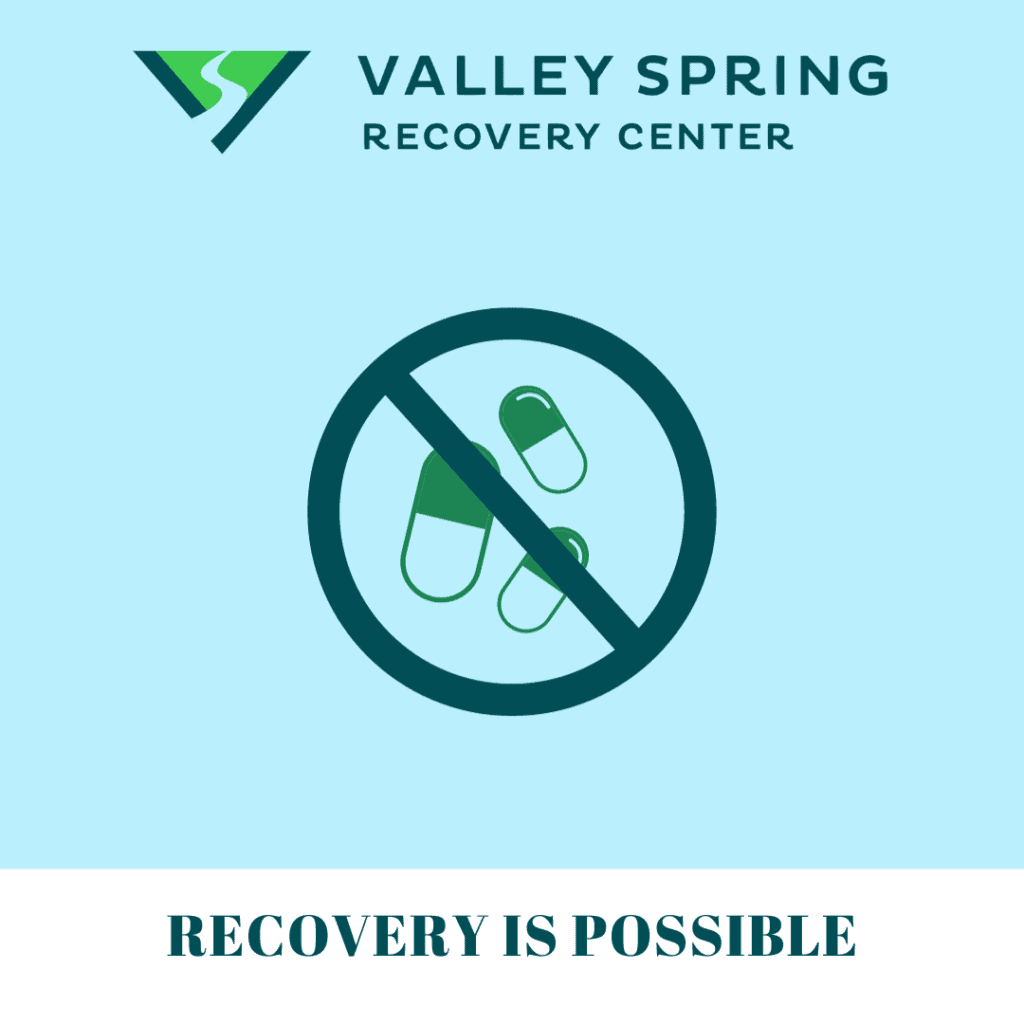
Recovery from Oxycontin addiction is possible through a combination of medical intervention, behavioral therapy, and long-term aftercare.
Medical detoxification is often the first step in treating Oxycontin addiction. Given the intense withdrawal symptoms associated with Oxycontin, supervised detox is recommended. Medication-Assisted Treatment (MAT), such as Methadone, Buprenorphine, or Naltrexone, can be used to alleviate withdrawal symptoms and cravings, making the initial detox phase more manageable.
Behavioral therapies, including Cognitive Behavioral Therapy (CBT) and Dialectical Behavior Therapy (DBT), are commonly used in combination with MAT. These therapies focus on addressing the root causes of addiction, teaching coping strategies, and improving emotional regulation. The Substance Abuse and Mental Health Services Administration (SAMHSA) and the National Institute on Drug Abuse (NIDA) both recognize the effectiveness of combining medication and behavioral therapies for treating opioid addiction.
After initial treatment, long-term aftercare is essential for maintaining sobriety. This may include ongoing counseling, participation in 12-step or other support groups, and regular check-ins with healthcare providers.
Several clinical studies attest to the effectiveness of these treatment methods for opioid addiction. A meta-analysis published in the “Journal of Substance Abuse Treatment” found that MAT, in combination with counseling and behavioral therapies, was significantly more effective in sustaining recovery compared to non-medical methods.
It’s important to note that recovery is a long-term commitment and may involve setbacks. However, with the right treatment plan tailored to individual needs, and with sustained effort and support, recovery from Oxycontin addiction is not just possible but probable.
Ben Fisher
All author postsShare This Post

